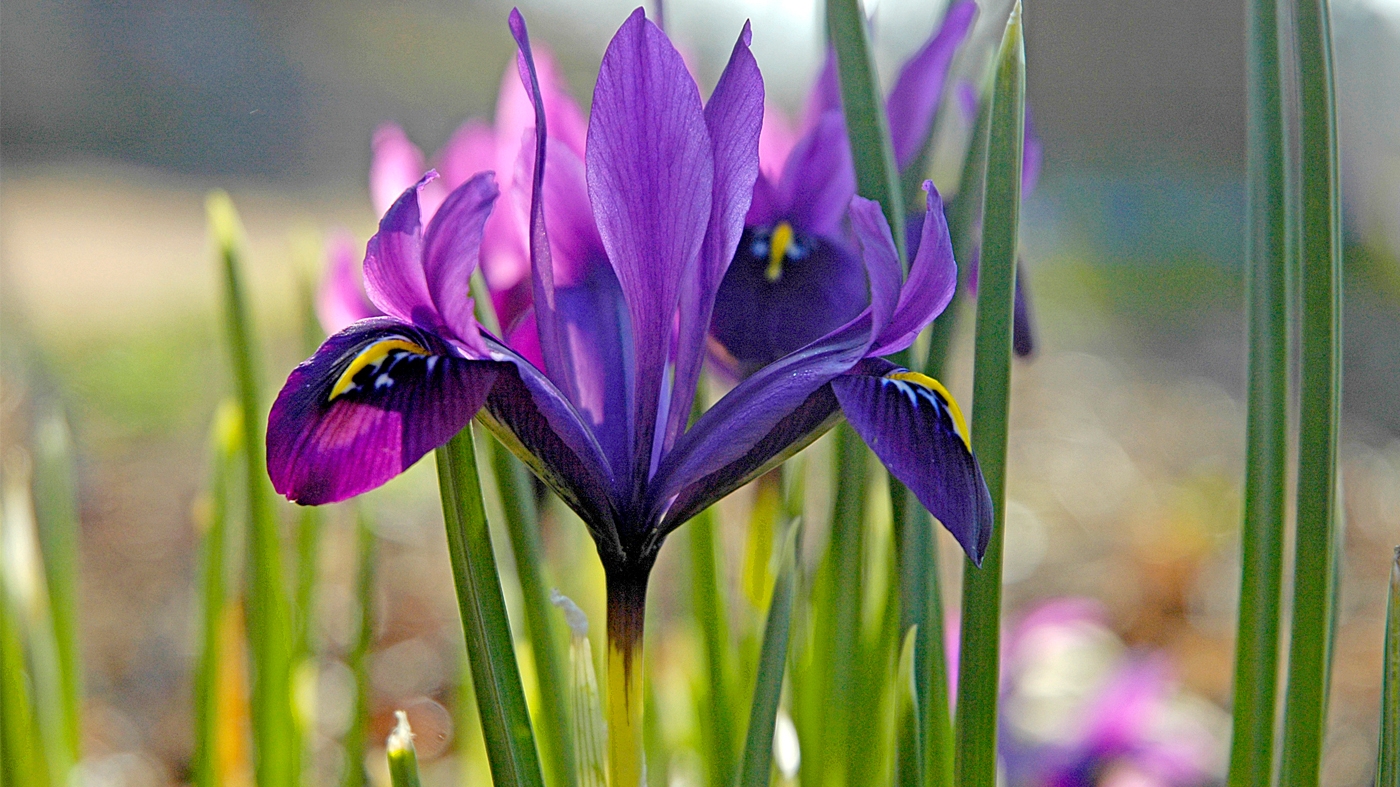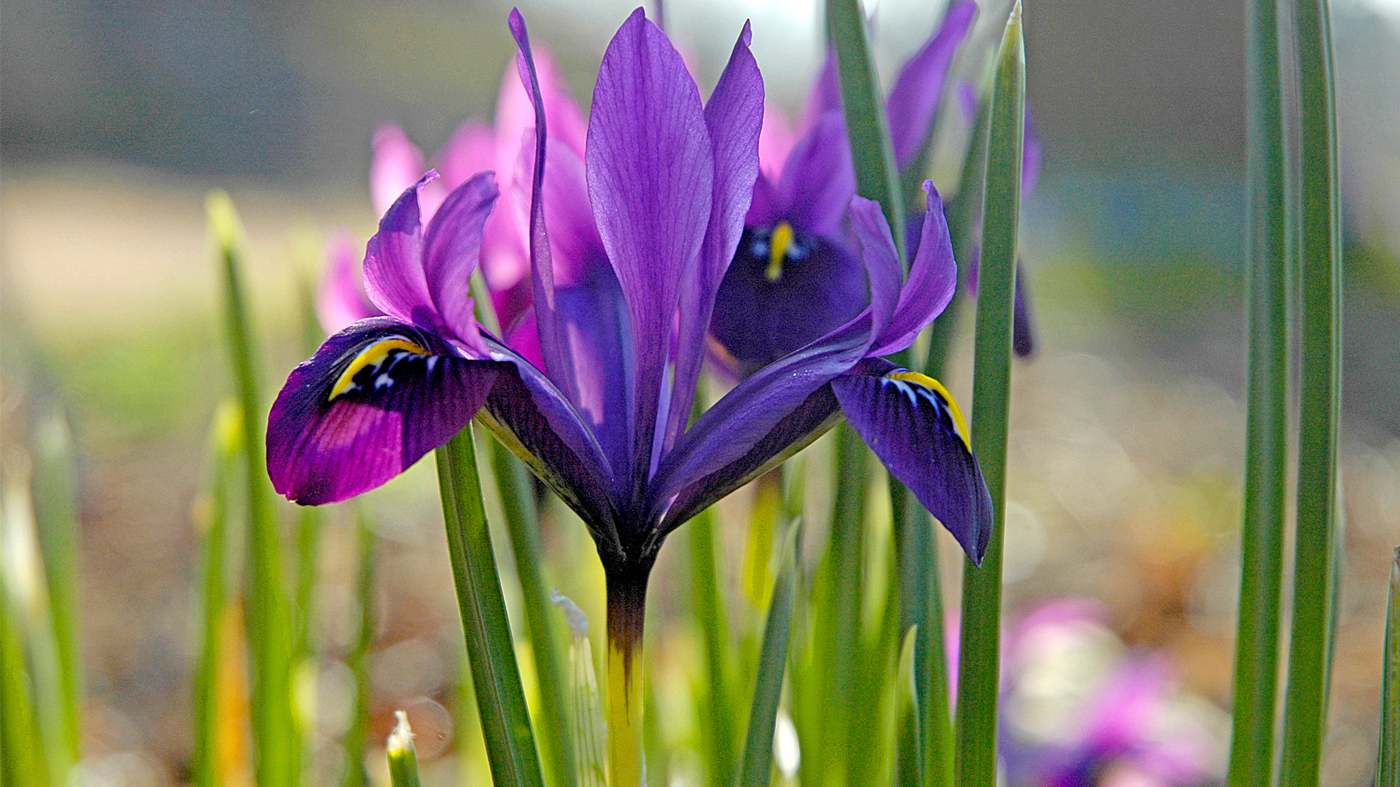
42.14294815, -87.78515625
42.14477921, -87.78849792
42.14486694, -87.78894043
42.14487457, -87.788414
42.1448822, -87.78842926
42.1448822, -87.788414
42.14488602, -87.78844452
42.14488602, -87.78842926
42.14488983, -87.78844452
42.14488983, -87.78842926
42.14488983, -87.78842163
42.14489365, -87.78843689
42.14489746, -87.78856659
42.14489746, -87.78845978
42.14489746, -87.78845215
42.14490128, -87.78862762
42.14490128, -87.78861237
42.14490128, -87.78858948
42.14490128, -87.78856659
42.14490128, -87.7885437
42.14490128, -87.78852844
42.14490128, -87.78852081
42.14490128, -87.78850555
42.14490128, -87.78846741
42.14490509, -87.78864288
42.14490509, -87.78852081
42.14490891, -87.78849792
42.14491272, -87.7886734
42.14491653, -87.78868866
42.14492035, -87.78869629
42.14492416, -87.78872681
42.14492416, -87.78871155
42.14492798, -87.78872681
42.14492798, -87.78871918
42.14544296, -87.78762817
42.14545441, -87.78762054
42.14545822, -87.78762054
42.14546585, -87.78752136
42.14547348, -87.78762817
42.14547348, -87.78761292
42.14548492, -87.78762054
42.14548874, -87.7876358
42.14555359, -87.78762054
42.1455574, -87.78761292
42.14556122, -87.78760529
42.14556503, -87.78761292
42.14556885, -87.78760529
42.14557648, -87.78761292
42.14558029, -87.78759766
42.14558411, -87.78760529
42.14574432, -87.78742981
42.14575195, -87.78742981
42.14575577, -87.78742218
42.14625931, -87.79040527
42.14635086, -87.79093933
42.14640427, -87.79091644
42.14640427, -87.79090118
42.14640808, -87.79088593
42.14641571, -87.79088593
42.14641571, -87.79087067
42.14641953, -87.7908783
42.14641953, -87.79087067
42.14642334, -87.79088593
42.14642334, -87.79087067
42.14696121, -87.78730011
42.14696884, -87.78730011
42.14696884, -87.78727722
42.14700699, -87.78728485
42.1470108, -87.78728485
42.14701462, -87.78730011
42.14701462, -87.78727722
42.14702606, -87.78728485
42.14703369, -87.78727722
42.14703751, -87.78729248
42.14703751, -87.78728485
42.14705658, -87.78730774
42.14706421, -87.78733063
42.14706421, -87.78730774
42.14706421, -87.78727722
42.14707184, -87.787323
42.14707184, -87.78726959
42.14707184, -87.78726196
42.14708328, -87.78730011
42.14709091, -87.78733826
42.14709854, -87.78736115
42.14710236, -87.78728485
42.14710999, -87.78734589
42.14711761, -87.78731537
42.14712143, -87.78734589
42.14712143, -87.78729248
42.14713287, -87.78730774
42.1471405, -87.78746033
42.1471405, -87.78730774
42.1471405, -87.78730011
42.14714432, -87.787323
42.14715195, -87.78734589
42.14715195, -87.787323
42.14715576, -87.78729248
42.14715958, -87.78734589
42.14715958, -87.787323
42.14716339, -87.78771973
42.14718246, -87.78784943
42.14718628, -87.78785706
42.14719009, -87.78784943
42.14719009, -87.7878418
42.14719391, -87.78784943
42.14719391, -87.7878418
42.14720154, -87.78785706
42.14720154, -87.78777313
42.14720535, -87.78787231
42.14720535, -87.78786469
42.14721298, -87.78777313
42.14722443, -87.78778839
42.14723206, -87.78778839
42.14723587, -87.78779602
42.14724731, -87.78781891
42.14724731, -87.78781128
42.14726257, -87.78734589
42.14726639, -87.78735352
42.14726639, -87.78734589
42.1472702, -87.78735352
42.14727402, -87.78734589
42.14727783, -87.78784943
42.14728546, -87.78572083
42.14730072, -87.78569031
42.14733124, -87.78564453
42.14736557, -87.78562164
42.14747238, -87.78771973
42.14748001, -87.78772736
42.14748383, -87.78771973
42.14755249, -87.7878418
42.1476059, -87.7911911
42.1476059, -87.79118347
42.14766693, -87.79138947
42.14767456, -87.79131317
42.14767838, -87.7913208
42.14767838, -87.79131317
42.14770508, -87.79109955
42.14781189, -87.79278564
42.1478157, -87.79279327
42.14782333, -87.79280853
42.14783096, -87.79281616
42.14783478, -87.79282379
42.14784241, -87.79104614
42.14785767, -87.79242706
42.14785767, -87.79218292
42.14786148, -87.79214478
42.1478653, -87.79283142
42.1478653, -87.79282379
42.1478653, -87.79217529
42.1478653, -87.79212952
42.14787292, -87.79212189
42.14787674, -87.79212952
42.14788437, -87.79219055
42.14788818, -87.79217529
42.14789581, -87.79217529
42.14791489, -87.79213715
42.14794159, -87.79174805
42.1479454, -87.79207611
42.1479454, -87.79199982
42.14794922, -87.79199219
42.14795303, -87.79205322
42.14795303, -87.79199982
42.14795685, -87.79199219
42.14796066, -87.79198456
42.14796448, -87.79203796
42.14796448, -87.79203033
42.14796448, -87.79198456
42.14796829, -87.79202271
42.14796829, -87.79199982
42.14796829, -87.79197693
42.14797211, -87.79202271
42.14797211, -87.79201508
42.14797211, -87.79199219
42.14797592, -87.79200745
42.14797974, -87.79199219
42.14798355, -87.79199982
42.14830017, -87.79288483
42.14830399, -87.79285431
42.1483078, -87.79289246
42.1483078, -87.79286194
42.14831161, -87.79288483
42.14831161, -87.7928772
42.14831543, -87.79288483
42.14831924, -87.79288483
42.14835739, -87.79286957
42.14835739, -87.79286194
42.14954758, -87.78852081
42.14956284, -87.78852844
Cranberry Cotoneaster
The cranberry cotoneaster gets its common name from the abundant red fruit it bears in the fall, which resemble cranberries. It is a low, wide-spreading shrub with a stiff branching pattern. Young shoots grow in a herringbone pattern from older wood and form a dense, impenetrable tangle. Flowers are small and pink, blooming from May to June. They are attractive but not overwhelming. The glossy green foliage turns purple-red in the late summer and fall. There are more than 400 examples of the cranberry cotoneaster in the collections of the Chicago Botanic Garden; it is a versatile shrub.
Members of the genus Cotoneaster are characterized by a stiff, dense branching structure, small, glossy leaves of fine texture, and abundant fruit in the form of small pomes, which are generally in shades of red/orange but may also be cream or black and may persist into winter. Generally unfussy about soil pH, cotoneasters are reliable and durable shrubs often used as hedges or groundcovers.
The genus Cotoneaster includes at least 90 species of shrubs native to the temperate regions of Europe and Asia, with a concentration in western China. There are no cotoneasters native to the U.S., though a number of species and their hybrids and cultivars flourish in the northern U.S. and Canada. The Chicago Botanic Garden's collections contain almost 20 species among nearly 30 varieties and more than 2,500 individual plants.







